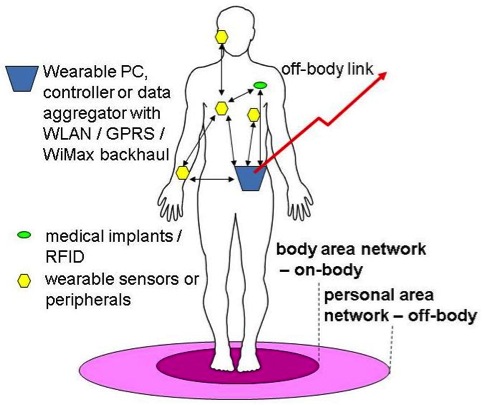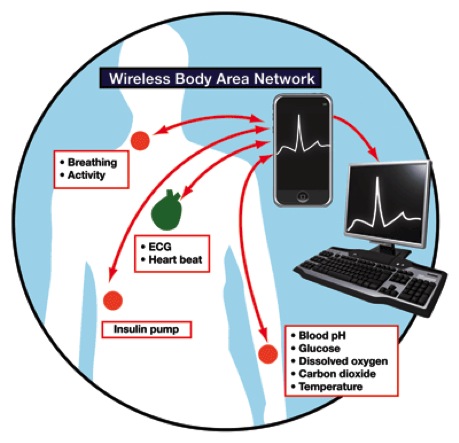Future Healthcare in Our Hands
|
“At the vanguard is an entirely new way of monitoring the human body - wirelessly, intelligently and at low cost.” [Medical Devices Meet Consumer Electronics] |
Technologies like remote patient monitoring will enable our vital signs to be monitored while we are in the comfort of our homes, using a network of wearable sensors that communicate wirelessly. Ingested capsules that can be controlled remotely may soon deliver our medication. Micro-cameras and micro-robots will swim through our bloodstreams, turning previously complex surgical procedures into minimally invasive events. The unwiring of these and other technologies is being driven by the need for mobile-based solutions, the ubiquity of all-things-mobile.
In many cases, these technologies come with their own class of design challenges. The devices must conform to size and comfort constraints while sustaining wireless communications and wireless powering. Furthermore, stringent requirements must be met concerning patient safety (SAR and temperature), interference with other medical equipment (EMC and EMI) and wireless spectrum.

(Image Reference: Queen's University Belfast Wireless Communications Research Group, "High-efficiency low-profile antennas for wireless body area networks") Altair’s Electromagnetic simulator, FEKO, is playing a key role in investigating and overcoming these challenges. Antennas are optimised for limited geometric volume, achieving the antenna gain to maintain link budgets for wireless telemetry. This is complicated by the fact that the device must work either in close proximity to, or be implanted inside the body. The body is an inherently challenging environment for antenna design due to the lossy properties of its tissues, resulting in communication signals being absorbed in the body rather than being radiated. Antenna performance must therefore be tested for a broad range of usage scenarios including diversity of biological systems with respect to different patient age, gender, height, BMI, etc. In some cases patient-specific treatment planning is required, e.g. in hyperthermia where electromagnetics is used to heat tumours.

(Image Reference: EETimes, "Wireless body area networks: What engineers need to know")
By applying simulation-driven design methodologies, these scenarios can be tested at an early prototype stage, resulting in more robust end products. Similarly, compliance to safety and EMC standards can be estimated early, increasing the likelihood that the final product will comply.
While all these new developments seem very promising, it’s difficult to grasp how and when it will affect our everyday lives. At what point will we be able to hold our personal healthcare in our hands, rather than our smartphones while passing time in the doctor’s waiting room?




